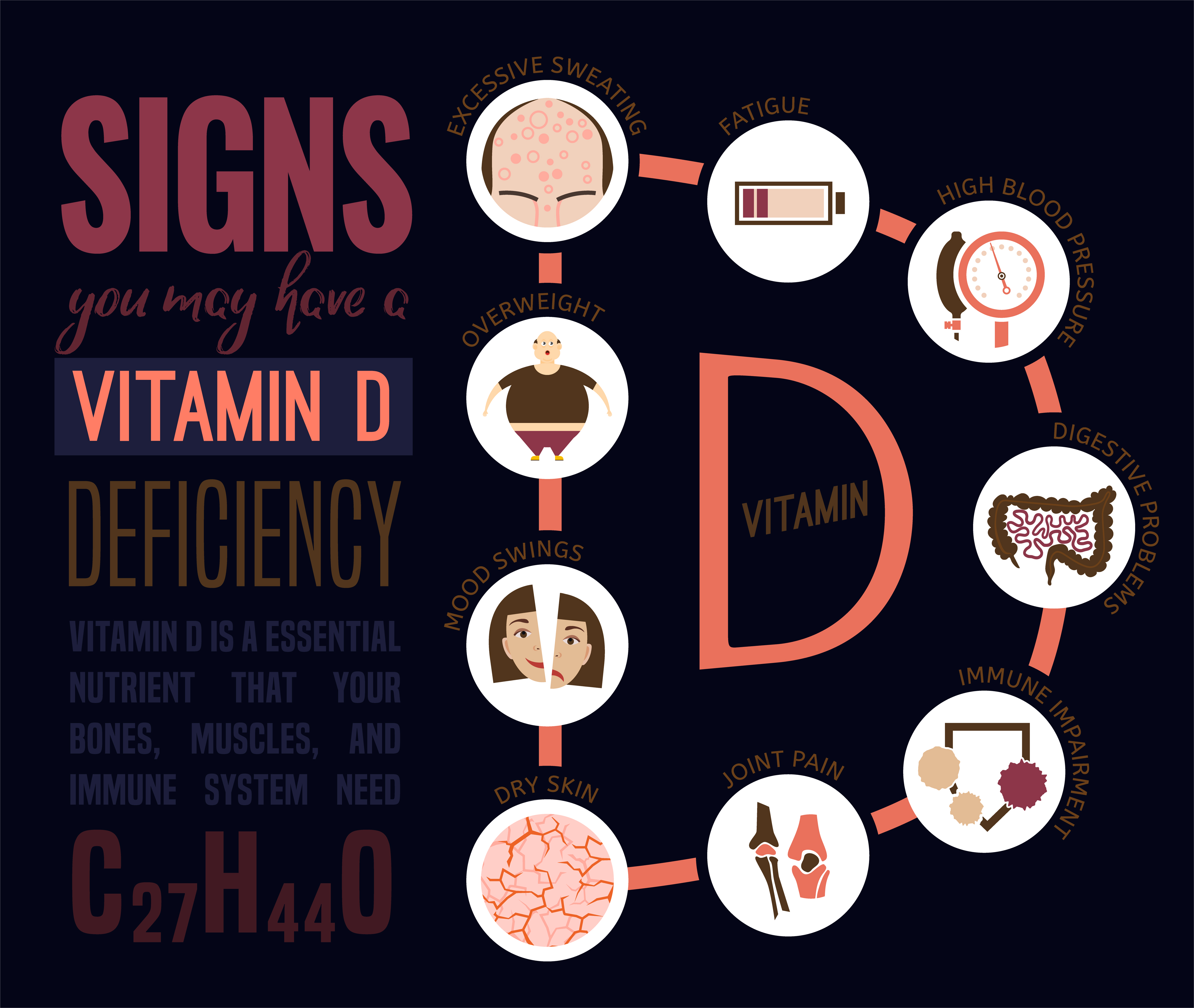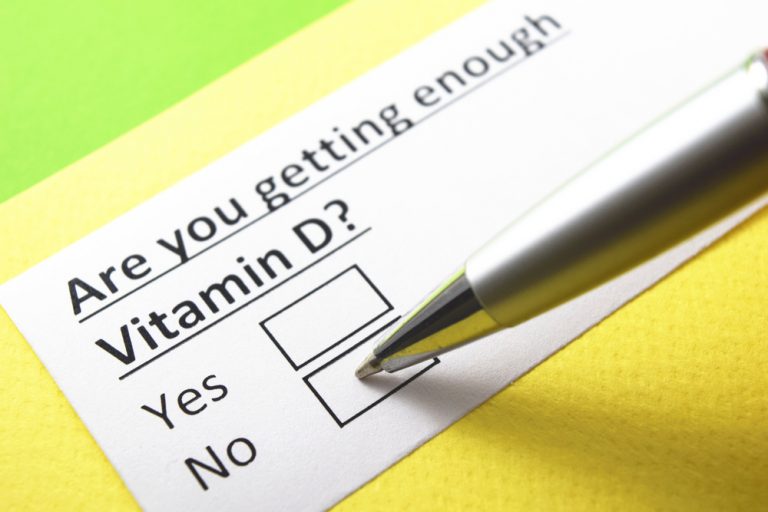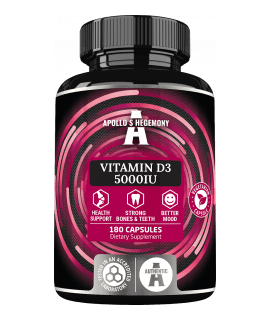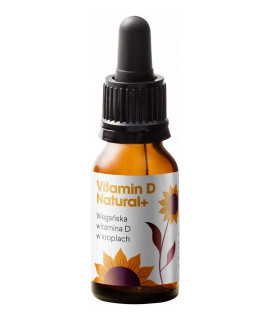From our children's years, we are taught about vitamins importance in our body. Adequate supplementation with them can very positively affect our health and performance during the day. In this article, I will present some information about vitamin D - where we can find it, how much we need it, and what threatens us when we have too little of it inside our organism.
Vitamin D - basic information
Vitamin D is a vitamin easily soluble in fats, which we find in only a few products (not counting dietary supplements, certainly) and thanks to our sun (more on that later). We need it to support the absorption of calcium and maintain its proper level alongside phosphorus. It is also needed to support bone growth and development. Along with calcium, vitamin D supports protection against osteoporosis in elderly people. In addition, it affects other important issues in our body:
- reducing inflammation
- modulation of cell growth
- neuromuscular and immunological functions
It is worth noting that its appropriate level is important for both young and old people.
Vitamin D - where to get it?
Before we go to the obvious source (after all, it is often called "sun vitamin"), let us first introduce other supplementation ways. As it was mentioned above, a small amount of food products contains a significant amount of it. One of them may be greasy fish like salmon, tuna or mackerel - they are considered one of the best sources of our vitamin. We can also find modest quantities in cheese or egg yolk. In addition, small amounts are also found in some mushrooms! In the case of food, we need about 15 mcg (micrograms) per day vitamin D for an adult.
Vitamin D and its sun origin
Vitamin D can also be formed endogenously (inside our body) thanks to the sun's rays that reach our skin. In this way, the synthesis that provides it to the body is activated. It is worth noting that it is difficult to generally determine how much we really need to be affected by the sun to get the right amount of vitamin D. One of the example studies found that spending about 5-30 minutes in the sun between the hours of 10:00 and 15:00 a minimum of twice a week without using any sunscreen can provide us with the right amount of vitamin D. Of course, we must be aware that one should then place some part of the body on this sun, preferably face, arms, legs or back. It is worth noting that excessive sun exposure can be harmful to us. Of course, our country is in a fairly good geographical location, so we do not have to worry about the lack of sunshine. However, if we feel that we are unable to deliver the right dose, then we can think about dietary supplements, which should generally be able to give us everything we need.
Vitamin D deficiency
In the case of vitamin D, we mainly talk about problems with providing the ingredient through diet or because of the small amount of sunbathing in our lives. This is the biggest problems specifically for children because they are highly more prone to rickets and problems with the appropriate rate of bone tissue mineralization. In the case of adults, we can meet with osteomalacia which may cause fragility of the bones. In this case, the symptoms may be bone pain and muscle weakness. However, it is worth noting that these symptoms may not be visible at all, which makes it difficult to diagnose a vitamin D deficiency without special tests.

Summary
Vitamin D, like many other vitamins, is very important for the proper functioning of our body. Adequate diet and sunbathing will give us confidence that the health of our bones is not in danger. It is worth remembering that, as a last resort, it may also be a good idea to take dietary supplements.









